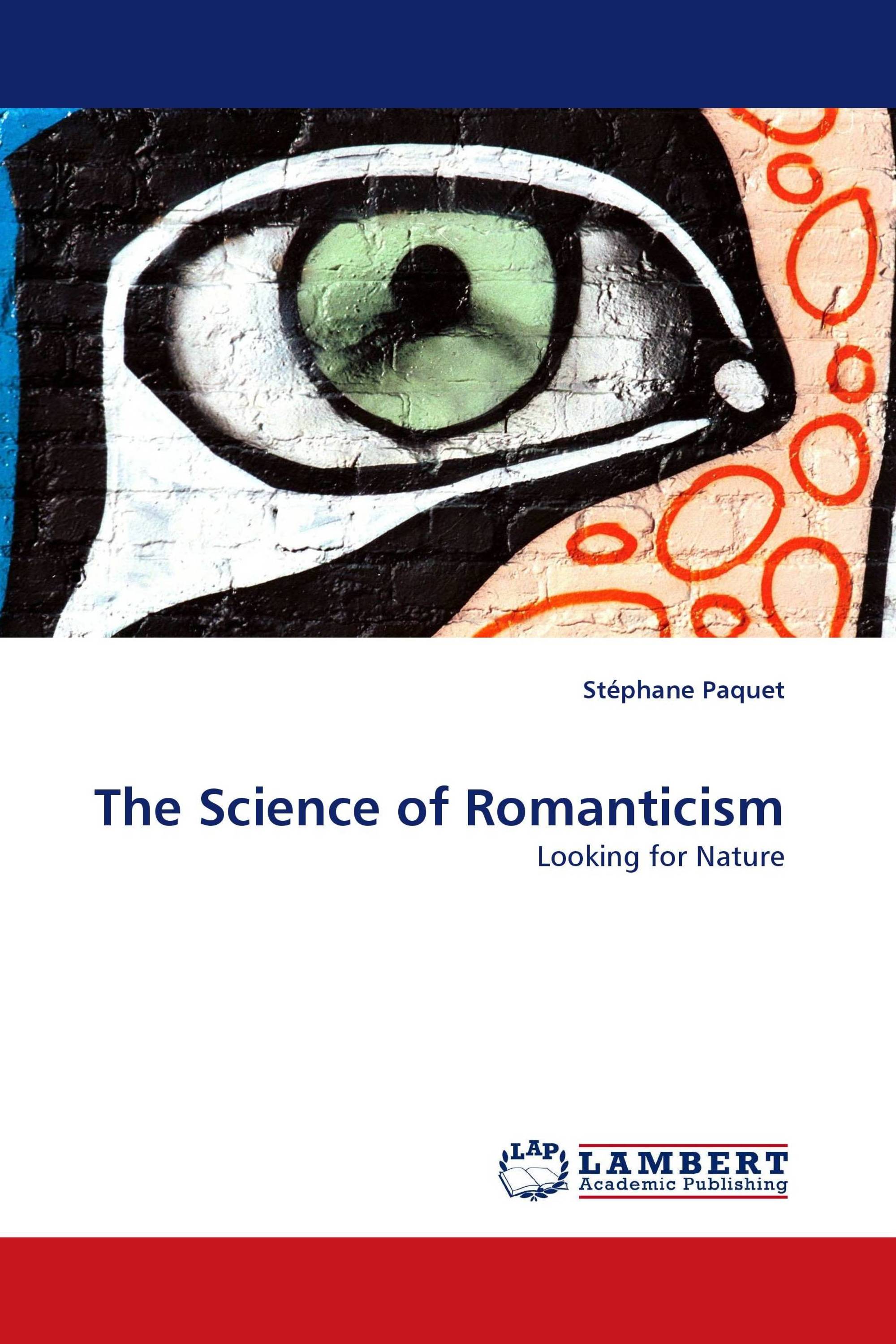The Science of Romanticism
Looking for Nature
LAP Lambert Academic Publishing ( 2010-05-19 )
€ 49,00
If most curricula keep Art and Science in separate fields, history does not make such a distinction. The Romantic Movement began as a scientific branch that grew to exceed the imitations of 18th century sciences. In reaction against the old traditions, the sciences of the Enlightenment separated the factual from the moral, and represented man and nature in terms so general and abstract that the particular and the concrete were practically excluded. To the romantic those exclusions prevented the individual from experiencing the full potential of his relation with external things. Romantic philosophy emerged in part to correct the scientific view by conceiving of a more inclusive system that embraced the ''true'' depth of man and nature and their relationship. In reality, however, the romantic performed exclusions similar to those of his scientific counterpart, for his poetry failed to perform the idealization of actuality by which the romantic subject was supposed to associate fully with his surroundings. Only through a trick of the gaze could the romantic make the world appear like the ideal which alone he thought worthy of his imagination.
Book Details: |
|
|
ISBN-13: |
978-3-8383-6477-3 |
|
ISBN-10: |
3838364775 |
|
EAN: |
9783838364773 |
|
Book language: |
English |
|
By (author) : |
Stéphane Paquet |
|
Number of pages: |
108 |
|
Published on: |
2010-05-19 |
|
Category: |
Language and literature science |




